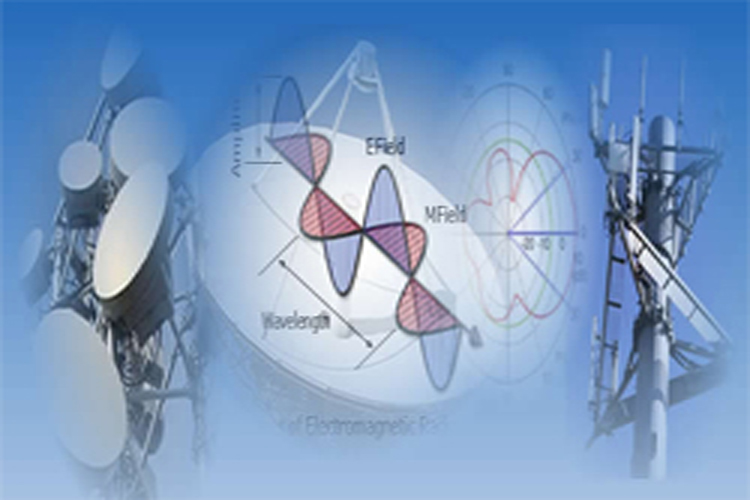
In order to meet up the challenges of Telecommunication Sector and Wireless Communication filed, students need to learn about the concepts and sound understanding of complete RF & microwave-engineering. Therefore, this course is intended to better prepare future engineers and computational scientists in understanding microwave-engineering.
- Teacher: Md. Zahirul Islam
